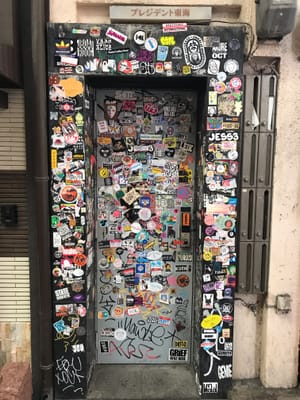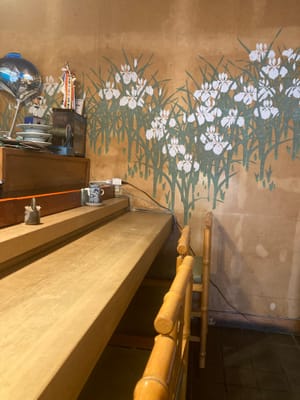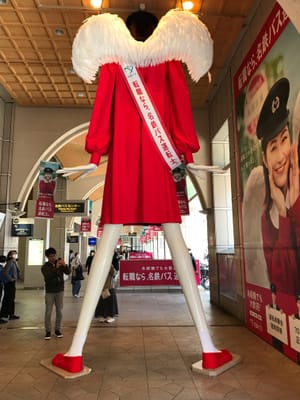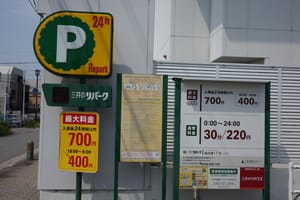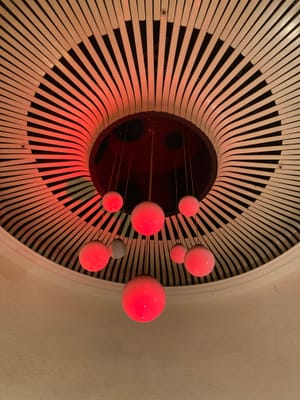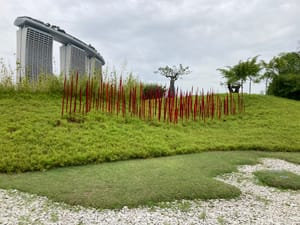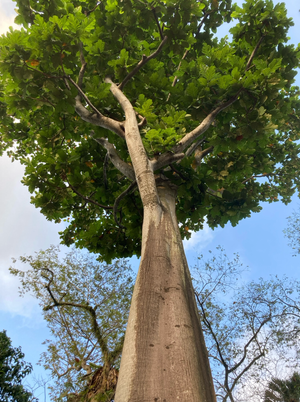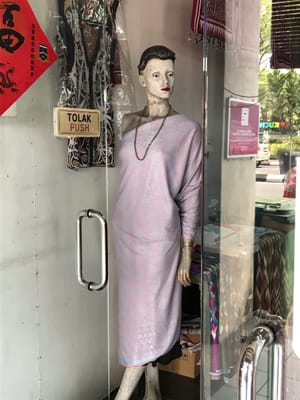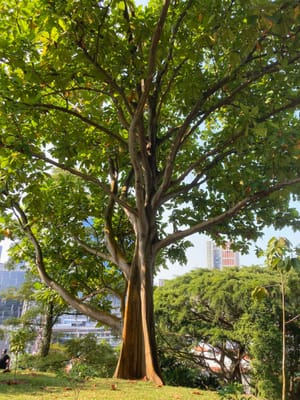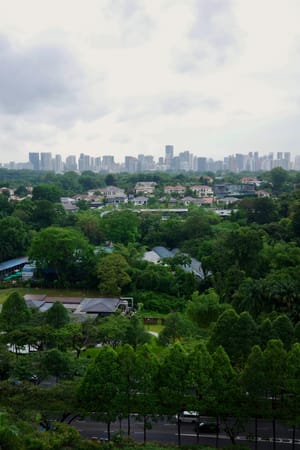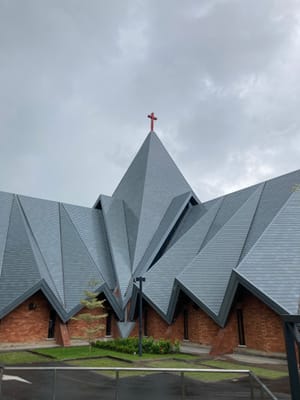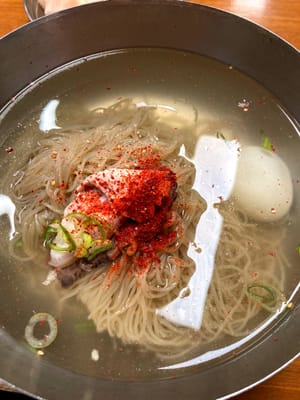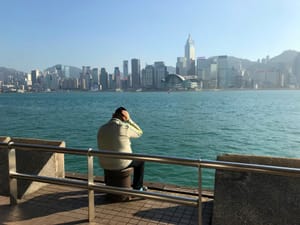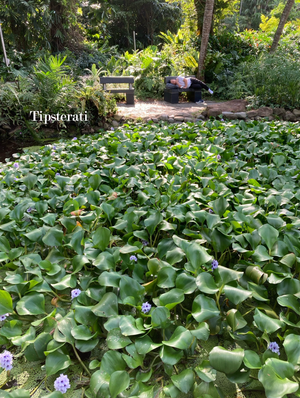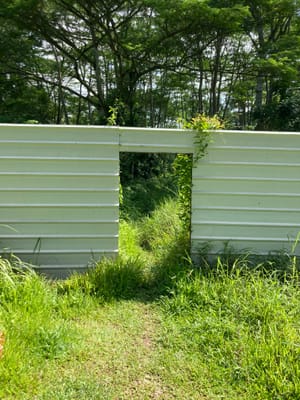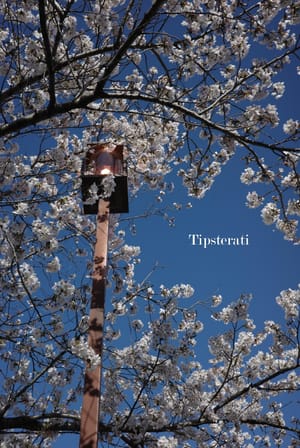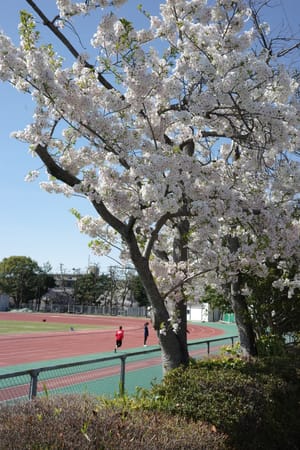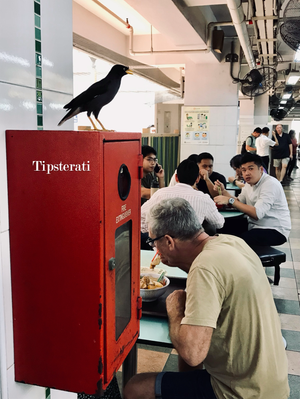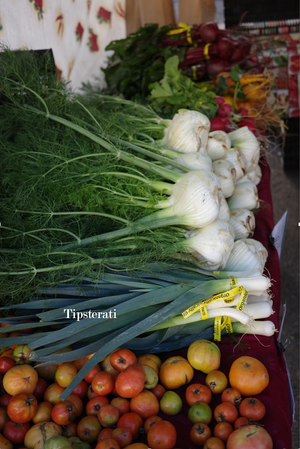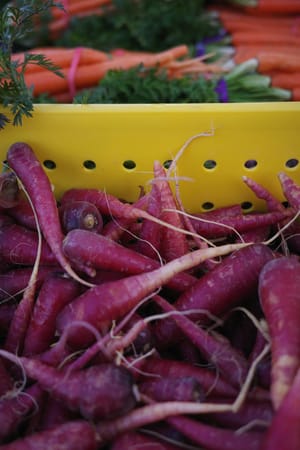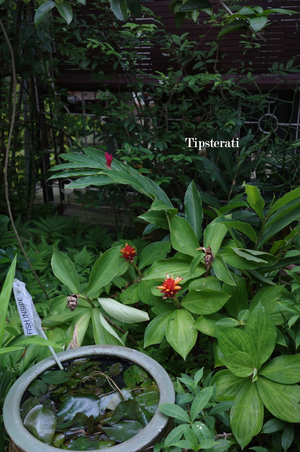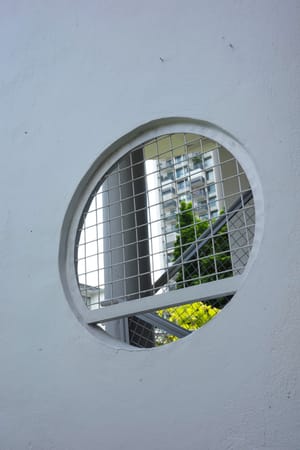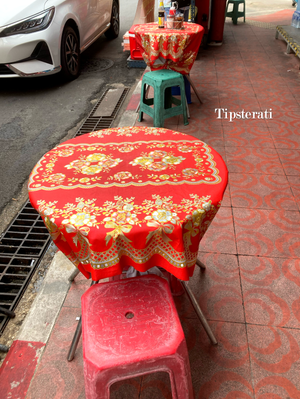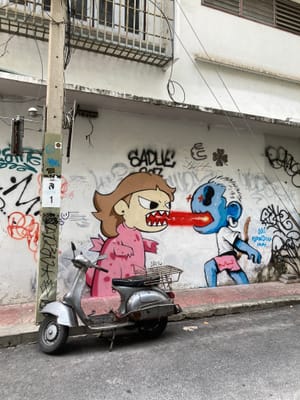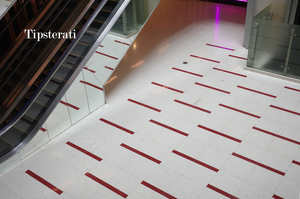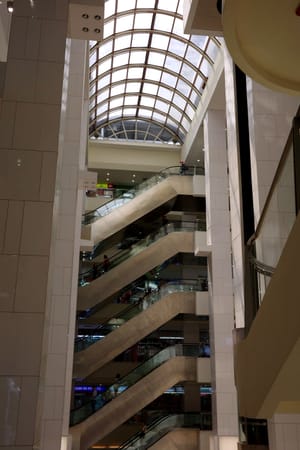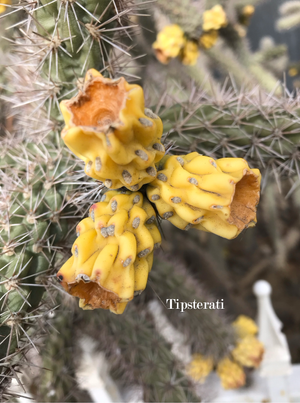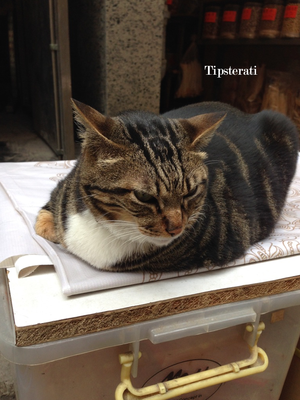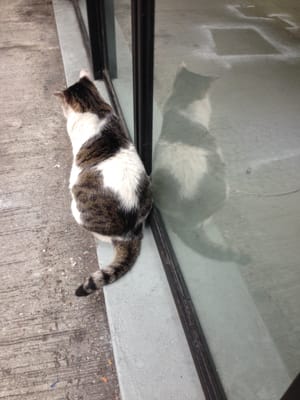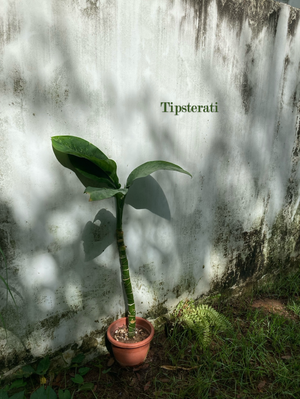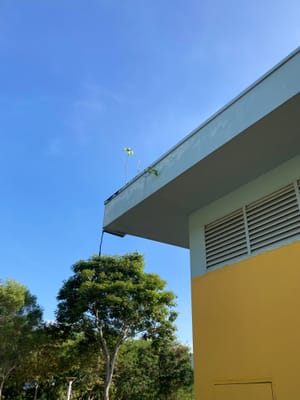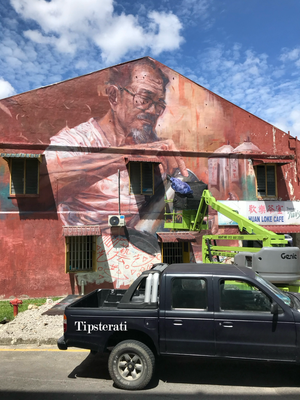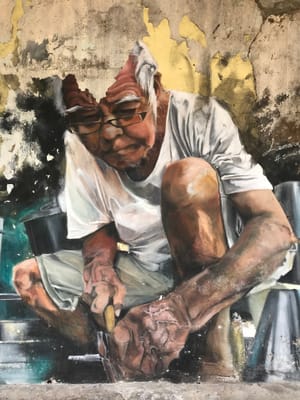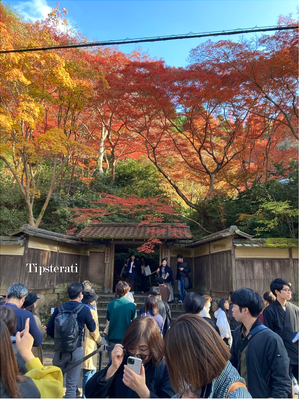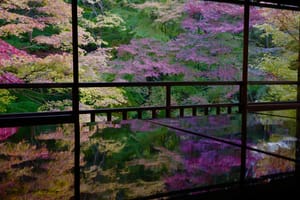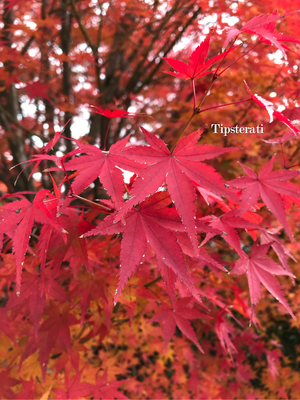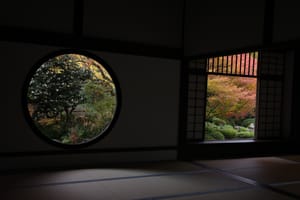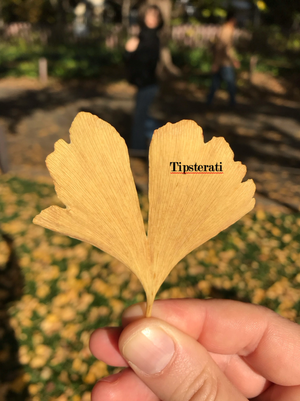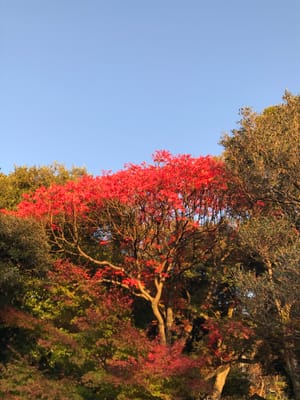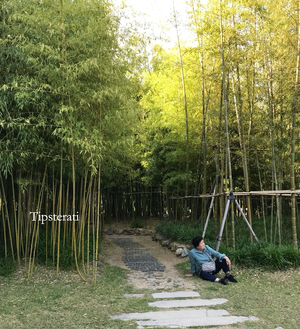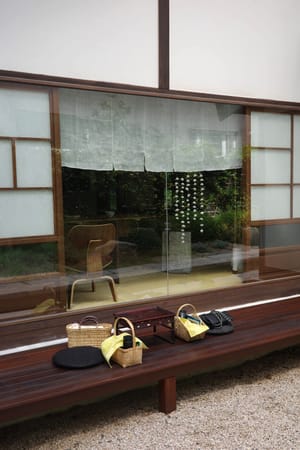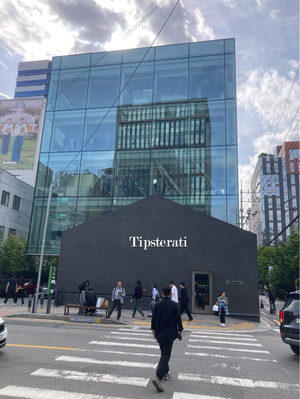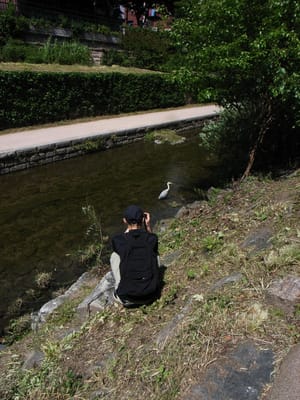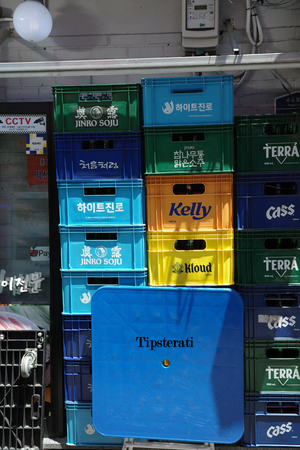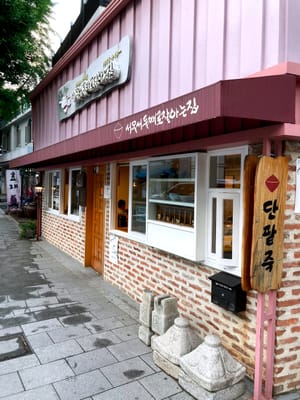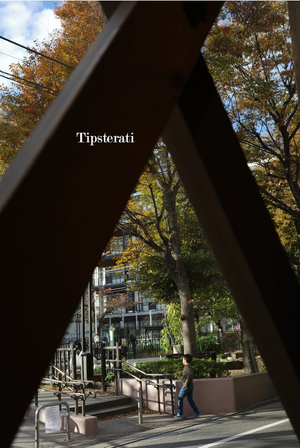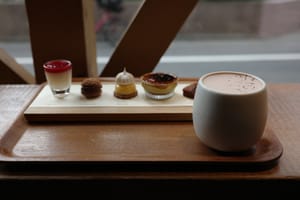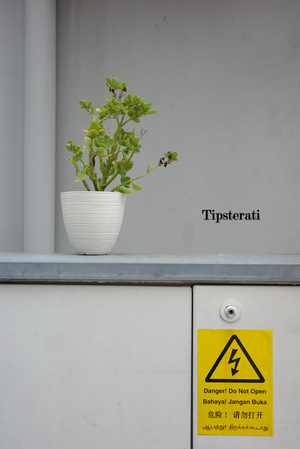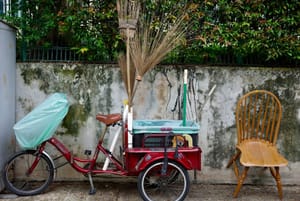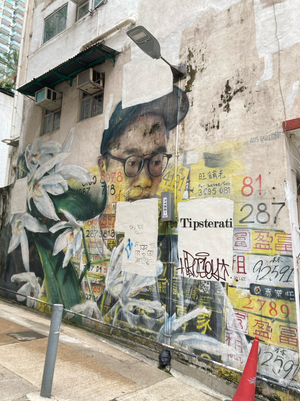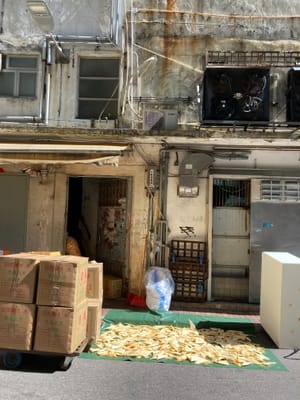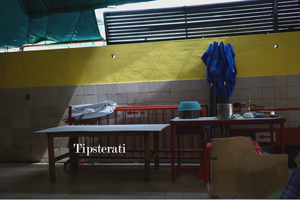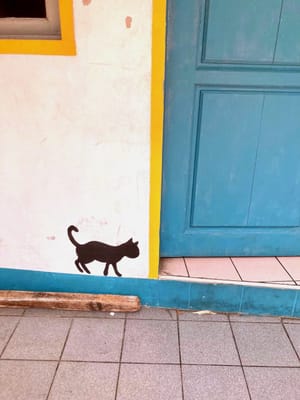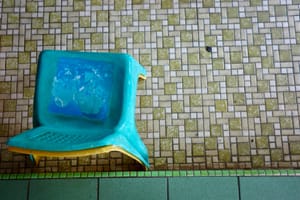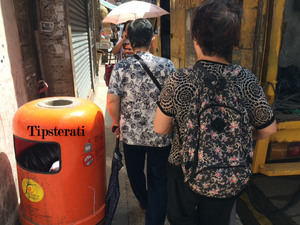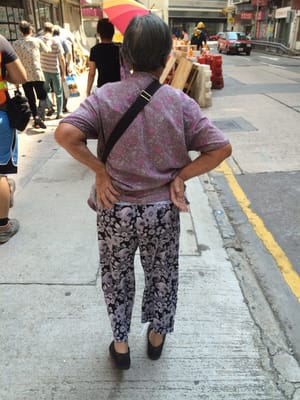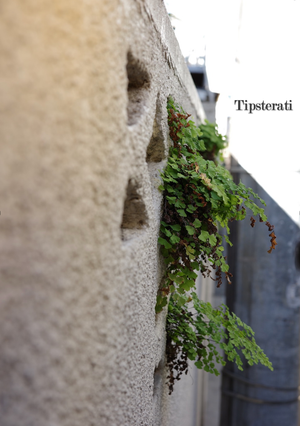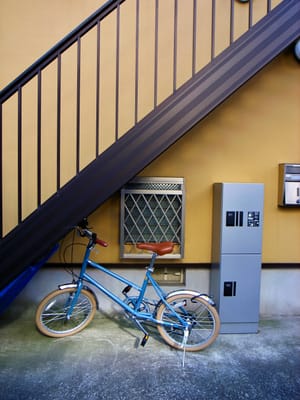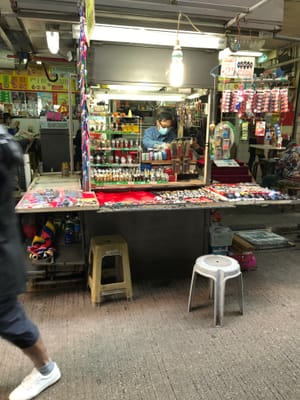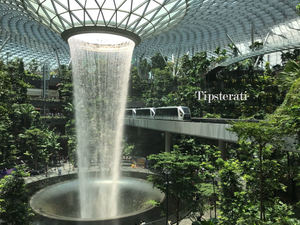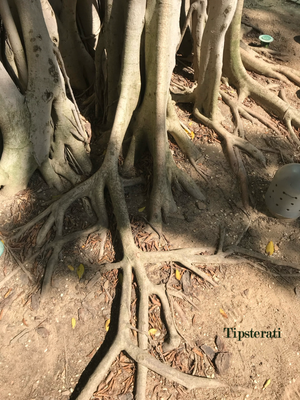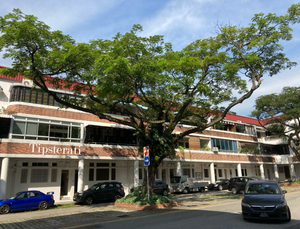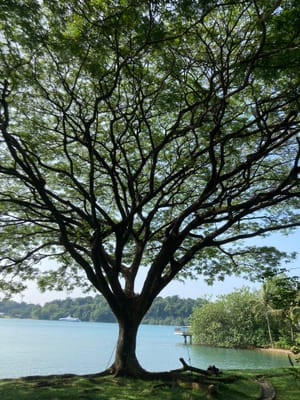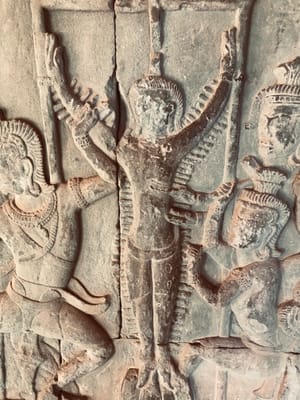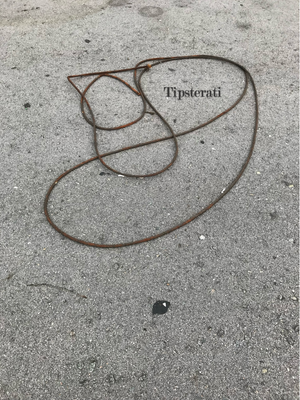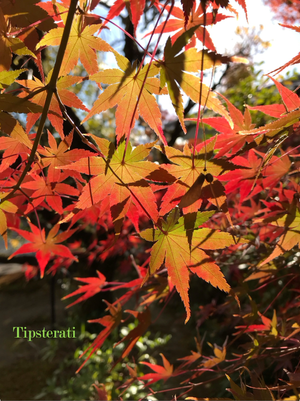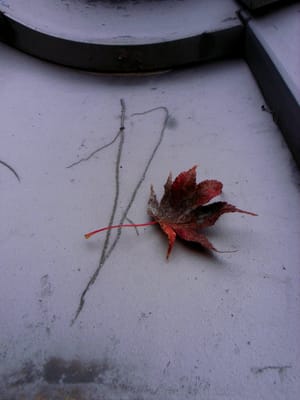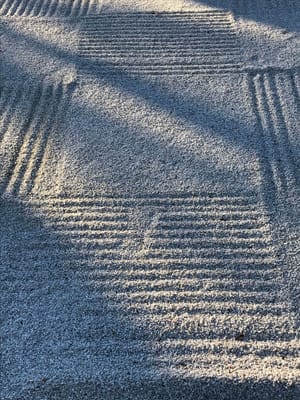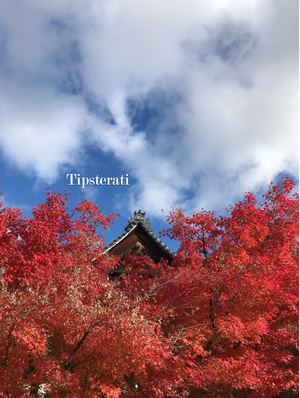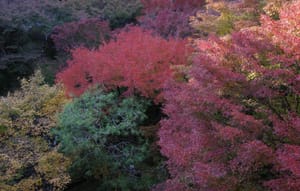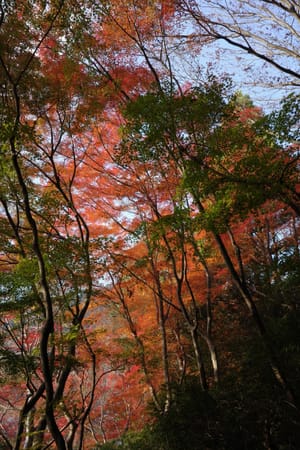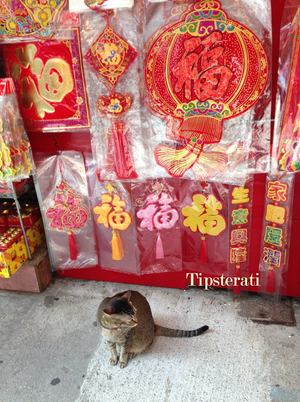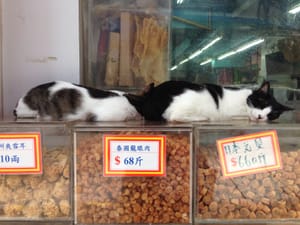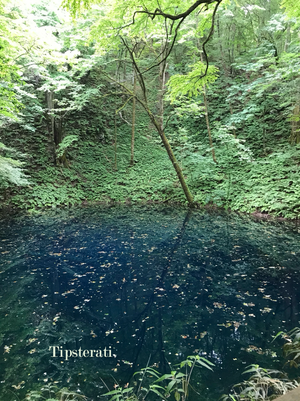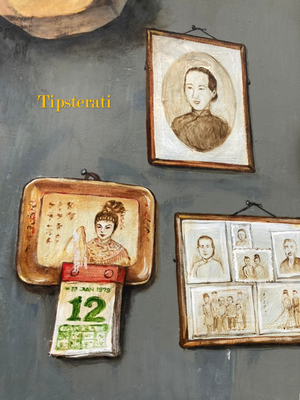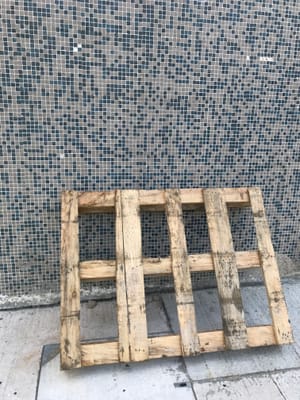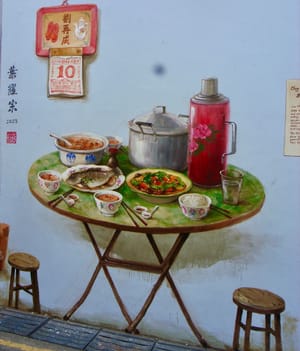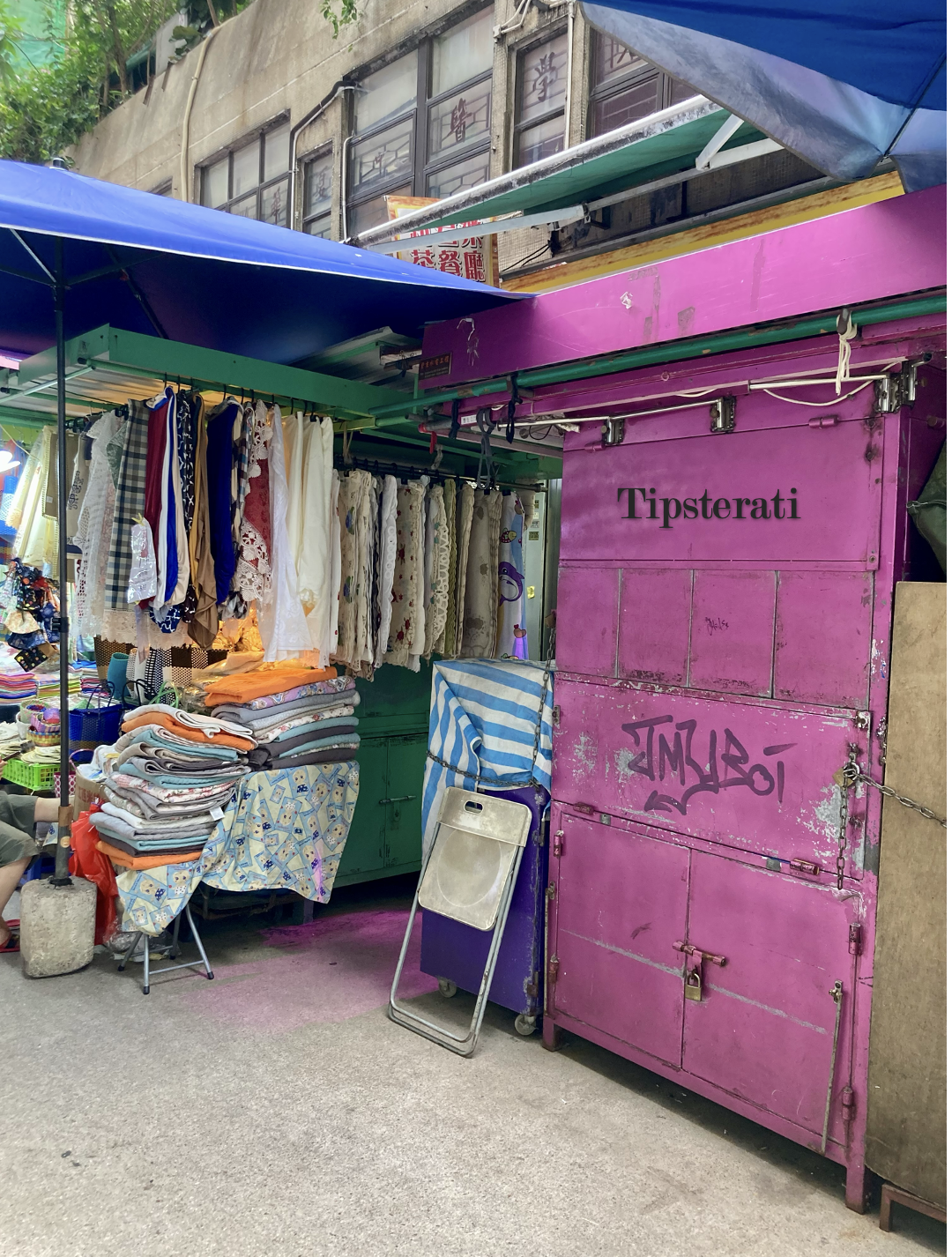
Exploring Hong Kong Street Markets
Of the many street markets in Hong Kong, the most famous ones are the Ladies’ Market in Mongkok and the Temple Street Night Market in Yau Ma Tei. I have never been keen on the Ladies’ Market; it’s a touch too touristy for me. Nonetheless, if you are already exploring Mongkok for electronic goods and sneakers, it’s worth checking the market out in the evening when it opens. You might get some very affordable souvenirs and gifts for friends and family. The Temple Street Market is more of a curios market (think cheap jade, Mao-era trinkets, Chinese Buddhas and other objets d’art of uncertain provenance). Yau Ma Tei as a district is rather more appealing to me. There is Broadway Cinematheque, Hong Kong’s longstanding indie cinema if you fancy watching an arthouse film. There is also the gloriously retro cha chanteng, Mido Café, to stop in for a drink and maybe a small bite, but especially to soak in the original vibes of 1950s Hong Kong (make sure to sit upstairs at a booth by the window). A saunter around Temple Street is always amusing. Notice the dodgy small shops selling porn, then find yourself a claypot rice joint for dinner (Hing Kee and Four Seasons are the places usually recommended). To walk off an indulgent meal, wander the market stalls until you reach the MTR at Jordan to head home. It makes for a pleasant day out.
To be honest, though, it is the more ordinary street markets that I am most fond of, the kind where you can purchase things you need on a daily basis. If you are in Central on Hong Kong Island, make your way to Gage Street near the Mid-Levels escalators. This street leads you into a daytime market of fruit and vegetable vendors. Pop into the narrow side streets and marvel at the stalls raked on a slope. Check out a neighbourhood cha chanteng like Kwan Lok on Gage Street for some milk tea, French toast, and a pork chop bun. The atmosphere is very typically Hong Kong and the food cheap and hearty. Gentrification and urban renewal have already changed this market, but there is still enough there for one to get a feel for how this place has served its community over the decades.
For an example of a daytime dry-goods street market, hop over to Wan Chai and head to Cross street. This is the market where I made most of my observations for my photo essay. For reasons of hygiene, the wet-goods stalls were relocated into a purpose-built indoor market nearby, but the purveyors of dry goods were allowed to remain on the street. This is where blue collar workers and foreign domestic helpers come to buy their blankets, towels, shoes, and clothing. A few of the stalls stock items that might appeal to tourists, but the market is primarily geared towards the local customer. While you are in the area, do also wander down Wan Chai Road (you might stumble upon some enticing deals on Japanese strawberries and peaches in the right season) and find your way to Chukfo Taipan Restaurant on Triangle Street for some very good and meaty (if a tad sweet) char siu. You should also drop into ABC Cake House on Queen's Road East for an old school bakery that has been tastefully modernised. Typical of many local bakeries, they sell a few Chinese pastries, some Western-style cakes, and buns that are unusual hybrid creations born out of an East-West sensibility but which are now standards for any self-respecting Hong Kong bakery. Look out for the cocktail bun (a soft milk bun with a coconut filling) and the pineapple bun (warning: there is no pineapple in a pineapple bun. It’s a plain bun with a thick, buttery crust that looks supposedly like the rough skin of a pineapple). Personally, I love their nougat, which is made in-house.
If you are a real street market enthusiast, then you should also go to Sham Shui Po in Kowloon. The markets here are varied. One is dedicated to hardware and electronic parts. Another focuses on fabric and haberdashery. Yet another is a wet market selling meat, fruit, and vegetables. I haven’t been to Sham Shui Po in a while now, but when I was last there about six to eight years ago signs of gentrification (cool cafés and shops run by young hipsters) were already visible. I believe this has continued unabated, so expect an intriguing mix of the working classes, young artisans running leather ateliers or soap-making studios, and nomadic remote workers chilling with matcha lattes.
